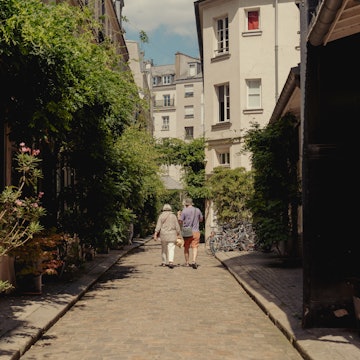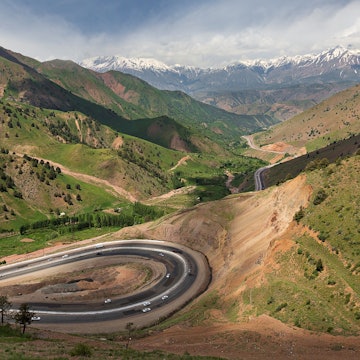
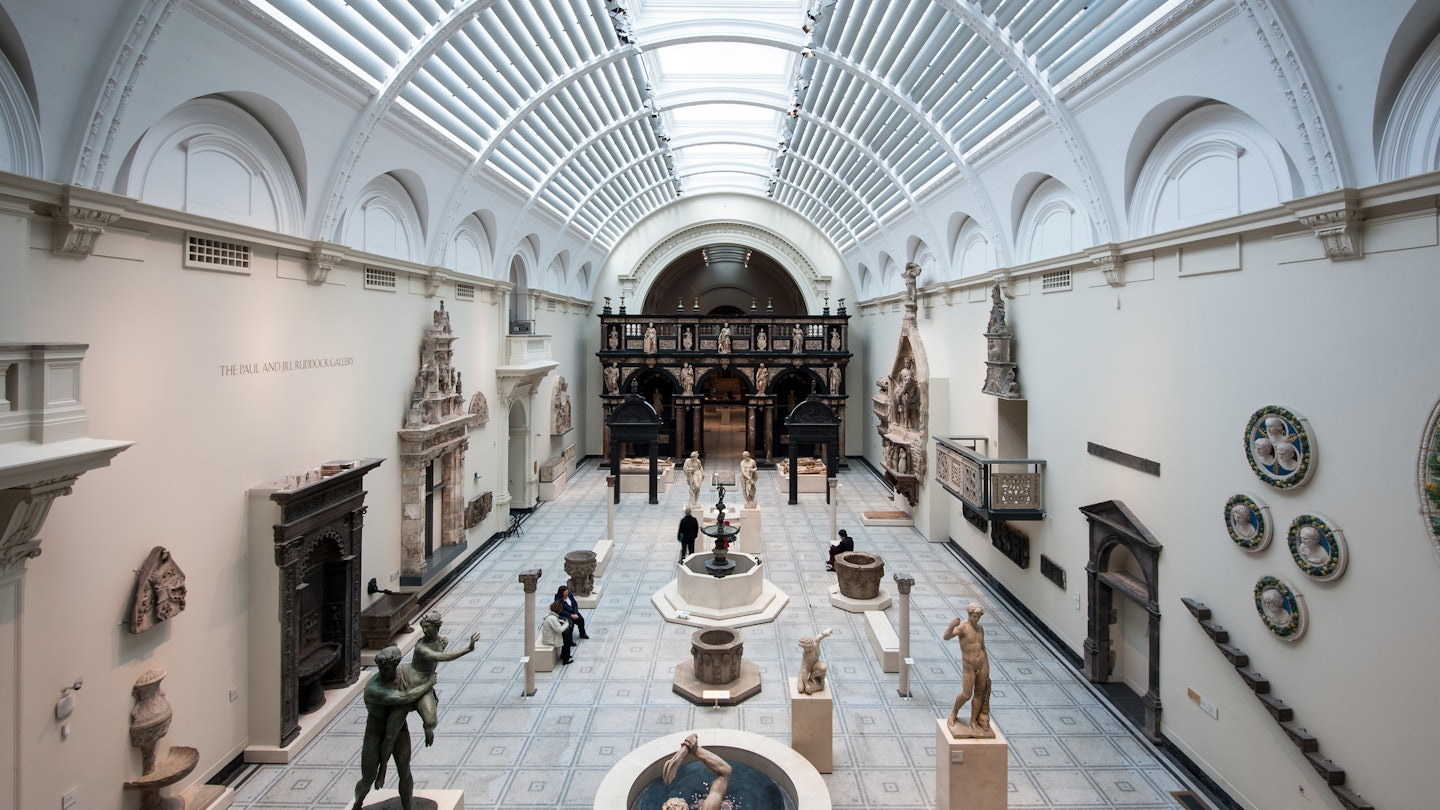
London's V&A Museum houses a treasure trove of gorgeous objects in 140 galleries. pio3/Shutterstock
One essential stop on any visit to London is the royal borough of Kensington, where the streets are filled with handsome column-fronted Edwardian and Victorian terraced houses and pristine gardens, alongside some of the capital's best museums.
The area grew in popularity in the 1680s, when King William III bought Kensington Palace (formerly Nottingham House), then set in a wide open green space, so he could avoid the smoggy air around Whitehall Palace.
The arrival of royalty gave the area prestige and Kensington became a hotbed of treasures housed in world-renowned – and free to visit – museums, such as the Victoria & Albert Museum (V&A), as well as the Natural History Museum and the Science Museum.
Opening in 1852, the “Museum of Manufactures,” as it was known at the time, was part of Prince Albert’s legacy to the nation in the aftermath of the successful Great Exhibition of 1851. Today it houses the world's largest collection of decorative artworks, from Asian ceramics to Middle Eastern rugs, Chinese paintings, Western furniture, fashion from all ages and modern-day domestic appliances.
It’s almost impossible to see all of the V&A's collection in one go, but it's free to visit, so you can come back as many times as you like. Here’s what to see and how to make the most of your visit.
What can I see at the V&A?
The Victoria & Albert Museum (more commonly called the V&A) features an unfathomable collection of exquisite items. Spanning 5000 years of human creativity and bursting at the seams, the collection is made up of more than two million objects, of which 60,000 are on display, from ancient Middle Eastern carpets and centuries-old garments to ornate furniture and musical instruments.
If time is limited, choose which of the following galleries are of the most interest to you. If you have time to wander all 7 miles (11km) of galleries, take the lift to the top floor and meander your way down a level at a time.
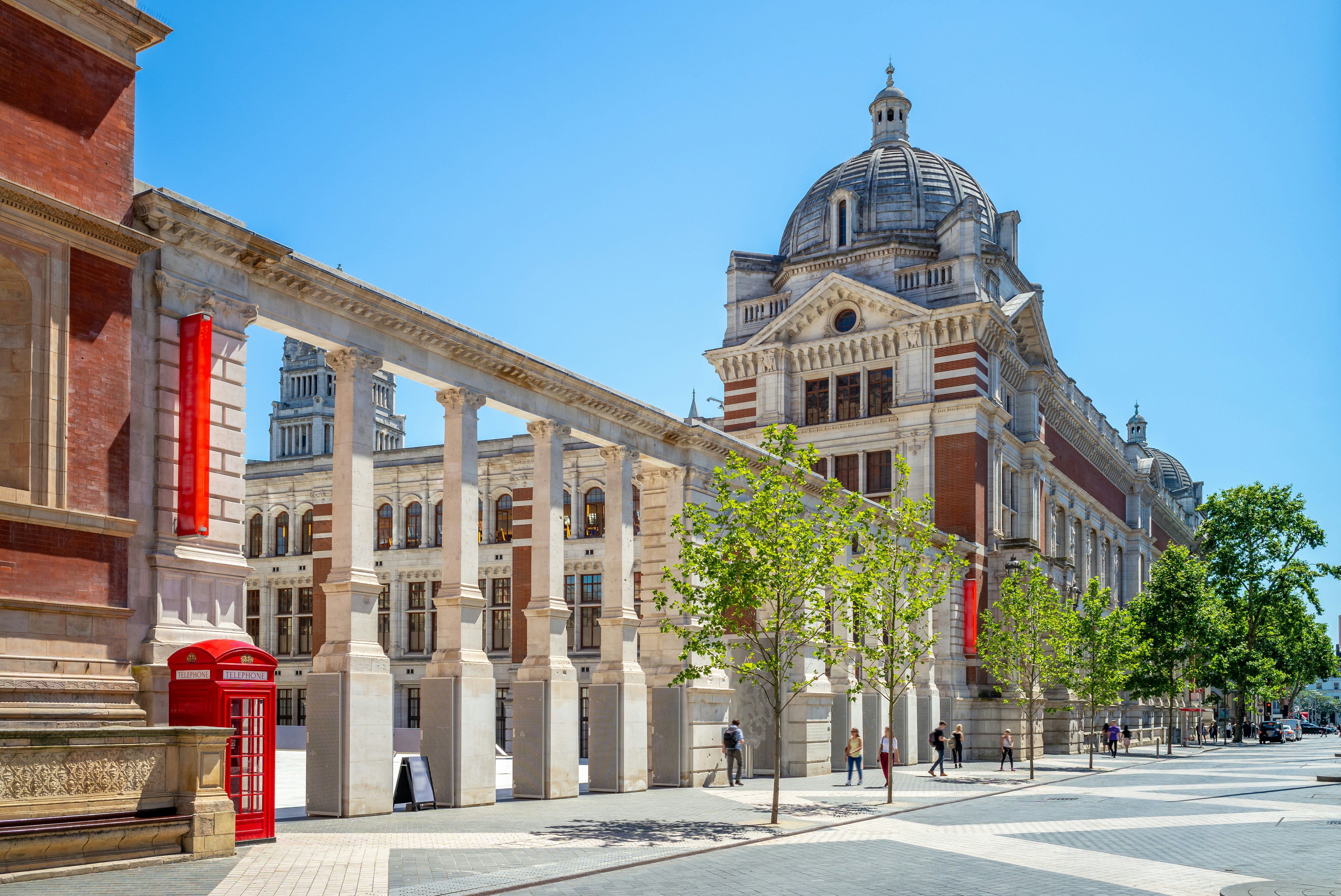
How much does it cost to visit the V&A?
Entry to the main collection remains free of charge, but donations are welcome. There are ticketed temporary exhibitions that do attract an admission fee; these are best booked ahead of your visit. Past exhibitions have covered everything from David Bowie to Cartier retrospectives, plus car design, special materials and trends.
Top tips for visiting the V&A
To get more from your trip, consider these tips.
Give yourself at least a couple of hours to explore.
Enter via the side door, set inside the tunnel from South Kensington Tube, which can be far less busy than the grand main entrance on Cromwell Rd.
Pick up a map (or take a picture of the floor map on your phone) to help you navigate the labyrinthine exhibition rooms.
You can visit on a Friday night, when selected galleries are open until 10pm.
Don’t miss the V&A Shop. It has a beautiful selection of gifts, books, fabrics and prints.
Visit the attached National Art Library, an evocative reading room with a wealth of books on art and design, open on Tuesday, Wednesday and Thursday from 10am to 5pm.
The V&A has a published commitment to anti-racism, which is reflected in its curation, talks and forward acquisitions as a museum.
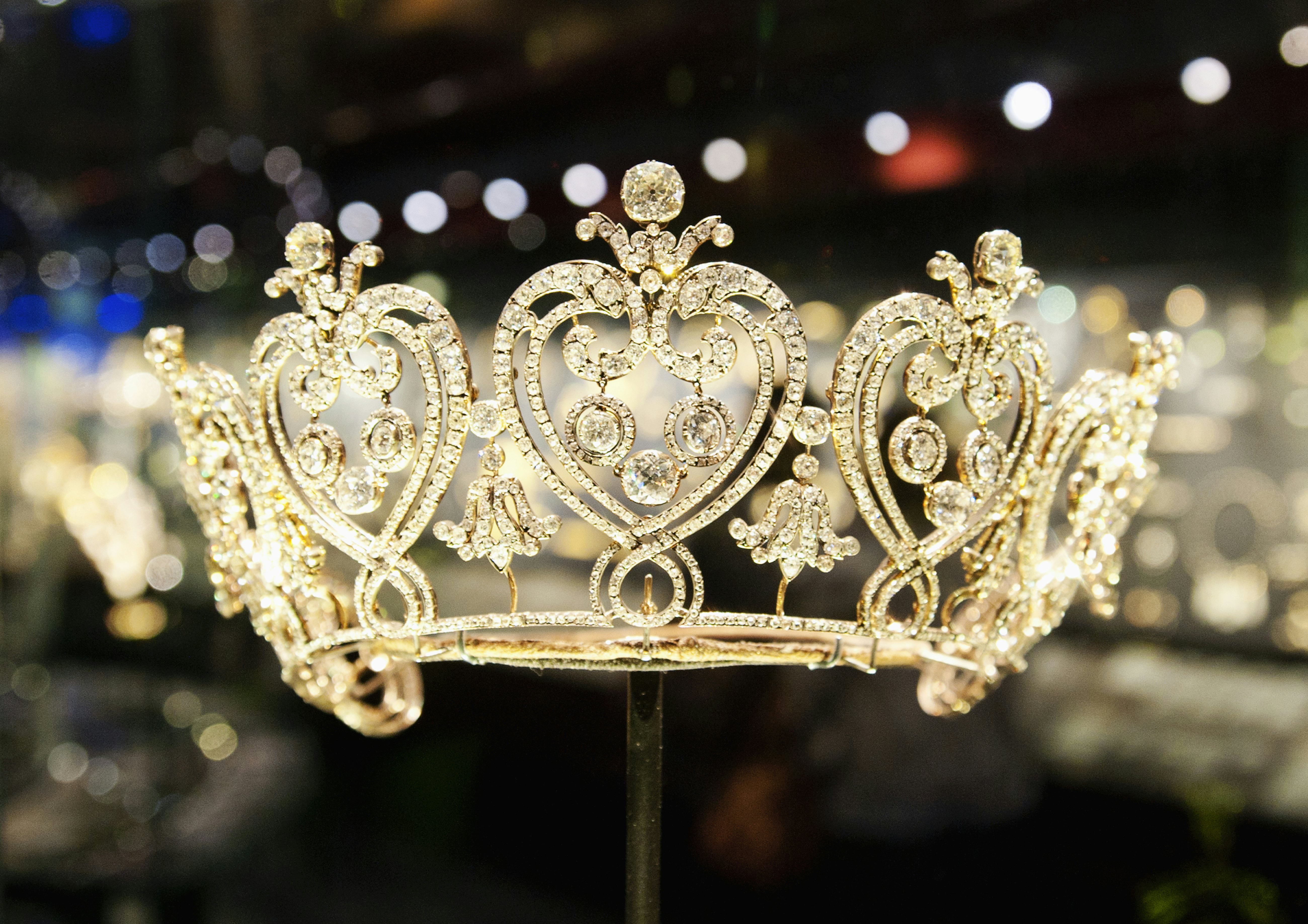
Explore Level 2 of the V&A
Level 2 has galleries of jewelry, photographs and ironwork.
Jewellery Gallery
Showcasing 3500 items of jewelry spanning 3000 years of history, the treasures in this gallery include brooches, hair ornaments, collars, pendants and crowns. There’s a gold plaque dating to 220–420 CE from the Wei-Jin period in China, Queen Victoria’s sapphire and diamond coronet, a wearable piece of art made from cowrie shells by Lafalaise Dion, and Beyoncé’s giant green butterfly ring edged with diamonds, designed by British jeweller Glenn Spiro.
Photography Center
Home to the largest permanent collection of photography in the UK, the Photography Center spans seven galleries on level 2, featuring varied photographs capturing diverse kinds of energy. Images range from striking portraits of Queen Elizabeth II by Cecil Beaton, taken in London on the day of her coronation in 1953, to a 1942 image from Sunil Janah capturing a burning vehicle during the Quit India Movement, which demanded independence from Britain.
As well as the photography exhibits, the Kusuma Gallery has hundreds of photography books visitors can peruse; pull up a chair and browse.
Ironwork Gallery
Some might skip the museum's ironwork collection for more popular displays, but descriptive metalwork can be incredibly captivating. This gallery displays more than 45,000 examples of finely shaped metalwork, dating from the Bronze Age to today.
Check out the impressive collection of patterned cast iron firebacks and stove places, and learn about ancient keys. The most impressive of all the items on display is the iron screen from Hereford Cathedral, which was painstakingly reassembled from 14,000 pieces by a team of 38 people; it took a year to complete.
Explore Level 1 of the V&A
Level 1 is devoted to British design and the medieval and Renaissance periods.
British Galleries
Here, you can dive into the history of British design, spanning 400 years from Tudor to Victorian times, with 3000 pieces on display, such as wallpaper and ceramics. Highlights include Britain's most famous bed – the Great Bed of Ware, the first super king four-poster bed, which was made to promote a Hertfordshire inn in the 1590s. It measures more than 11ft (3.3m) long and 10ft (3m) wide, and was mentioned in Shakespeare’s Twelfth Night.
Also on display is the oldest desk in the building – a 1525 leather-lined writing box owned by Henry VIII and decorated with miniature gold paintings.
Medieval & Renaissance Galleries
Covering the period from the fall of the Roman Empire to the end of the Renaissance, this is the place to see statues and religious depictions, plus early English stained glass made for Winchester College, and Italian Renaissance works by Della Robbia, Donatello and Michelangelo. A highlight is a display of Leonardo Da Vinci’s original notebooks.

Explore Level 0 of the V&A
Level 0 is devoted to world objects and casts of famous monuments.
The Cast Courts Gallery
When the museum was founded, it displayed casts (created using plaster moulds), electrotypes and other copies of notable national monuments, so they could be studied in Britain. There’s the western Portal from the Cathédrale St-Sauveur at Aix in France, a cast of the Tabernacle from Zoutleeuw in Belgium, and a cast of the Pórtico de la Gloria from the Catedral de Santiago de Compostela in Spain, but the 35.6m-high (116ft) cast of Rome's Trajan’s Column is one of the most striking pieces.
The nude plaster cast of David by Michelangelo, meanwhile, reportedly caused much controversy when it was first shown in modest Victorian Britain; a suitably proportioned fig leaf was hooked over his private area when dignitaries visited.
South Asia Gallery
From Himalayan art to Burmese gilded, lacquered tiered headdresses, the South East Asia collection has 60,000 objects, including some 10,000 textiles and 6000 paintings. The musical device known as Tippoo's Tiger is one of the most popular items on show, made for Tipu Sultan, the 18th-century ruler of Mysuru (Mysore) in South India. It depicts a man believed to be a European soldier who is being savagely attacked by a tiger. Inside the tiger is an organ, played via a handle. This wooden semi-automaton was found in Tipu’s palace and was sent to London.
Islamic Middle East Gallery
Here you can see the Ardabil Carpet, thought to be the world’s oldest carpet, made between 1539 and 1540 in Iran, plus a range of Mamluk secular art, enameled and gilded glass, woodwork, inlaid brass, and textiles that date to the 1st century CE.
Also in this gallery is an intricately carved Egyptian wood and ivory pulpit used for sermons, most likely in Cairo between 1468 and 1496. Egyptian Sultan Qa'itbay, who ruled Egypt and Syria at this time, is named in several of the pulpit's inscriptions. Don’t miss the impressive carved turquoise tile pieces from the tomb of Buyanquli Khan (a descendant of Genghis Khan) in Bukhara.
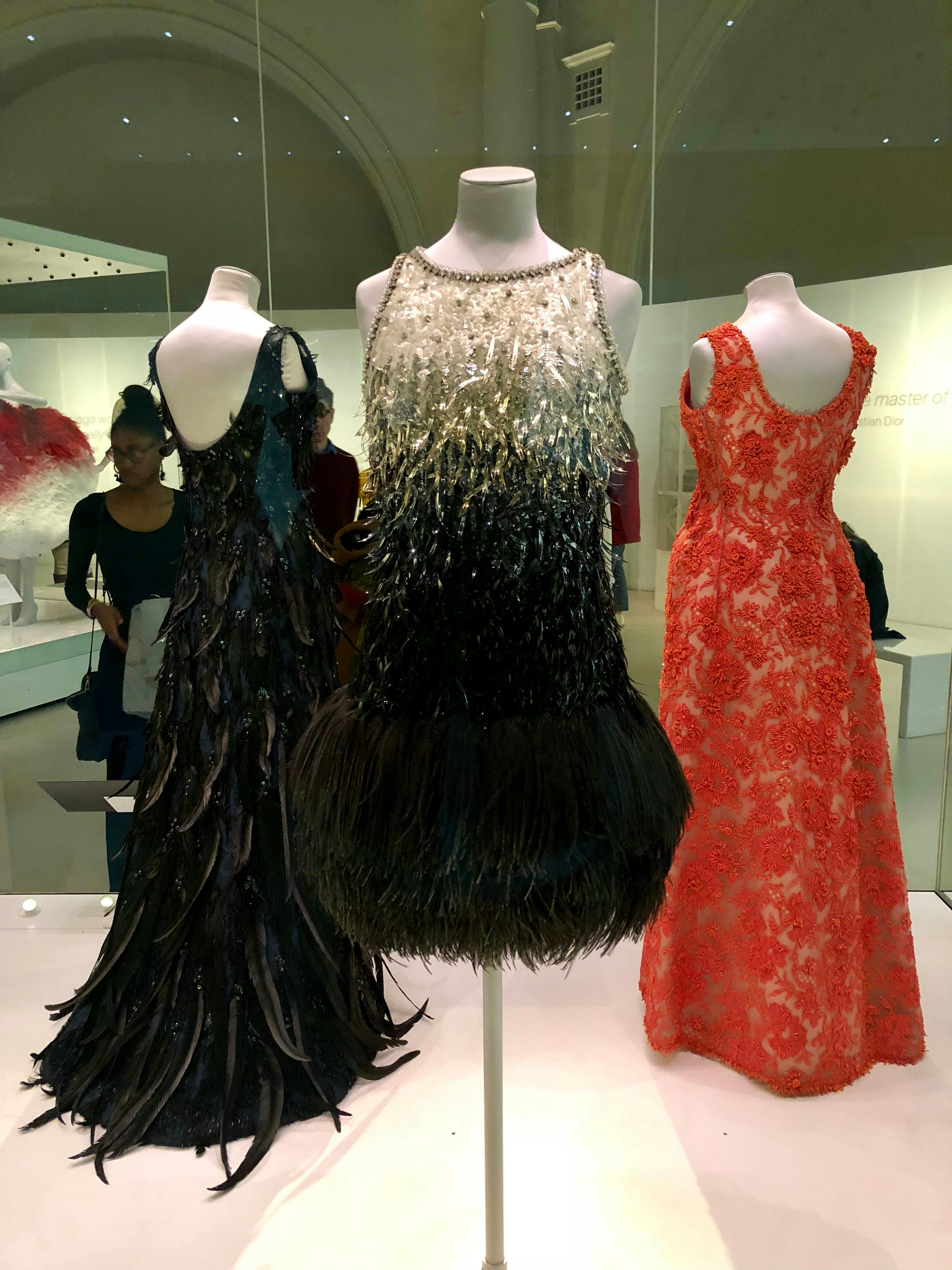
Fashion Collection
This is the world's largest collection of fashion items in the world, spanning five centuries, from rare 17th-century gowns to 1930s evening wear, and from 1960s daywear to modern Dr Martens boots. Spy hip-hugging 1937 bathing costumes, plus ball gowns and evening dresses. Big designers represented here range from Prada to Yves Saint Laurent.
Explore Level -1 of the V&A
The lower ground floor is dedicated to European objects.
Europe 1600–1815 Galleries
The seven galleries on the lower ground level house 1100 objects from a time when France had taken over as the leader in art and design. Among the items on display is a silver victory table service set given to the Duke of Wellington by Portugal after he defeated Napoleon Bonaparte and liberated the occupied country.
Other objects include French-designed clocks, chairs and wallpaper from the early 1800s, and a men's formal suit from 1780. There are luxury tea sets and a lavishly decorated bed, plus a harpsichord from 1786, painted with Chinoiserie scenes and Asian-style lacquer – thought to be extremely exotic at the time.
Do I need to book a tour?
The V&A has created a range of self-guided trails through the collection, which can help bring the collection to life. If you have a time limit, you can follow their Highlights trail to see some of the most interesting objects. For those interested in the relationship between Africa, the Caribbean and Europe, there are trails exploring themes around colonization and globalization. And families will want to check out the recommended stops for children, with information on what to look out for.
There are also rotating free one-hour guided tours; sign up at the information desk in the main entrance hall. Tours include the V&A Highlights Tour, tours exploring fashion and LGBTQIA+ culture, and the more specialist Remarkable Women Tour, and Historical and Hidden Caribbean Tours.

Where can I eat and drink at the V&A?
In the center of the museum, the landscaped John Madejski Garden is a lovely place to get some fresh air around a central oval pool. You can buy food, including sandwiches, cakes and ice cream at the Garden Café. For a more opulent experience, head to the Morris, Gamble and Poynter Rooms, which were opened in 1868 as the first public restaurant inside a museum.
Each room is dazzling in its own right – the Gamble room is a dramatic space with high, gold-painted ceilings and intricately decorated columns. The Poynter room has painted tiles and stained-glass windows, and the Morris room is filled with the designer’s distinctive Arts and Crafts wallpaper.
Want to learn more?
The V&A Academy has courses and workshops on everything from virtual reality and illustration to photography. Check online to see what is available during your London stay.
Lectures and talks take place weekly – many are free and cover subjects ranging from curator-led Medieval Treasures talks to lectures about esteemed designers such as Coco Chanel. For listings of upcoming events and talks, head to the V&A Museum website.
Is the V&A accessible?
Yes, the V&A is well set up for visitors with disabilities. The Cromwell Road and Exhibition Road entrances are wheelchair accessible, and inside you’ll find ramps, accessible toilets and a lift to move between floors.
The closest tube stations with step-free access are at Knightsbridge and Earl’s Court. Wheelchairs are available for loan at the museum, if you give advance notice a day ahead. And visitors with a disability card get discounted access to paid-for exhibitions.
This article was adapted from Lonely Planet’s London guidebook, published in June 2025.














